“BYOD is here to stay”

By necessity, banks tend to play it conservative when it comes to technology and paranoid when it comes to security, so it’s noteworthy when the American Bankers Association’s online journal runs an article titled BYOD is here to stay. “The genie is out of the bottle,” they write, “the toothpaste is out of the tube, and the practice of bringing your own device to work will not go away.”
The article points out that everyone, whether desirable or not, benefits from BYOD:
- Companies: by avoiding costs to keep their employees fitted with the latest gadgets, while gaining increased productivity in return,
- Employees: by avoiding frustration with having to use less useful company-provided gadgets and instead are able to use the better, faster, and cooler new gadgets, and
- Crooks: especially if, as employees and employers rely on outdated security measures or, worse, forego any security measures at all, they enable data theft, tampering, or destruction.
In spite of the benefit to that last group, the article states: “Still, like it or not, BYOD is no longer—if it ever was—just a fad. It is, or should be, a discrete corporate strategy.”
The article cites a number of analyst reports, including Ovum’s summer 2013 BYOX (“Bring Your Own Anything”) employee study that showed that 68% of employees with smartphones bring them to work, more than 15% do so without IT’s knowledge, and 21% do so even though IT forbids it, and Juniper Research’s estimates of over 1 billion employee-own smartphones and tablets in use in the enterprise by 2018.
BlackBerry, One Year Later
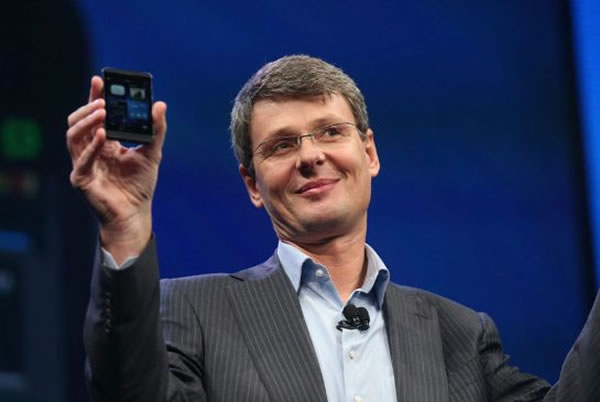
It’s hard to believe that almost year has passed since the launch of the BlackBerry Z10, the Canadian smartphone pioneer’s attempt to play catch-up with iPhone and Android. The Z10 — properly pronounced “zed ten” in Canadian English — debuted in the UK on January 31, 2013, followed by Canada, United Arab Emirates, and India in February, and finally in the U.S. in March. The phone and revamped OS sported some interesting and useful ideas for business users, most notably BlackBerry Balance, a sort of built-in BYOD system that allowed you to keep work and personal data separate. The New York Times’ David Pogue sang its praises in his review, newly hired Global Creative Director Alicia Keys literally sang BlackBerry’s praises, and then-CEO Thorsten Heins proudly declared the Z10 was the first step on BlackBerry’s comeback trail.
We all know what happened next, and the Toronto Star provides a summary including a quick guide to where the key BlackBerry players from 2013 are now in their article, BlackBerry, one year later.
Skip hotel check-in and keys with your smartphone
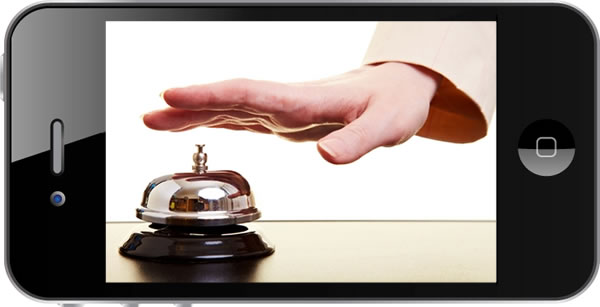
Add hotels to the list of businesses that mobile technology is revolutionizing. Starwood Hotels are conducting experiments with their Aloft boutique hotels in Manhattan and San Francisco that will soon allow guests will be able to use their smartphones to check in and as their room keys, bypassing the usual need to go to the front desk upon arrival. The Starwood app will allow iPhone 4S and later models or Android phones running version 4.3 or newer to act as keys for their rooms, which will have Bluetooth-equipped locks.

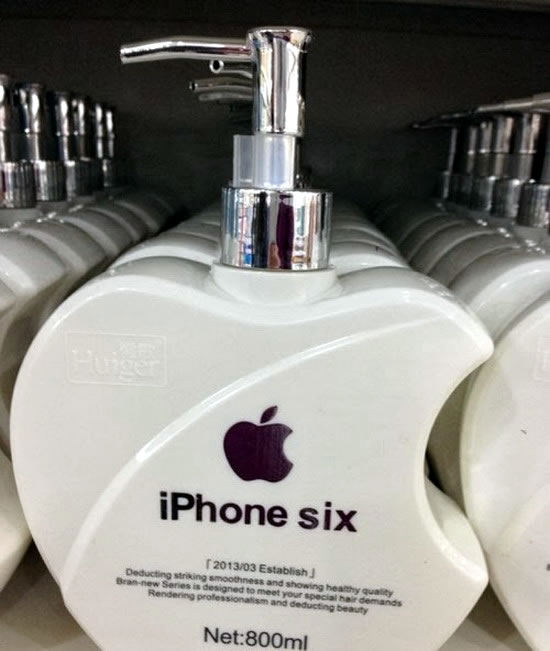
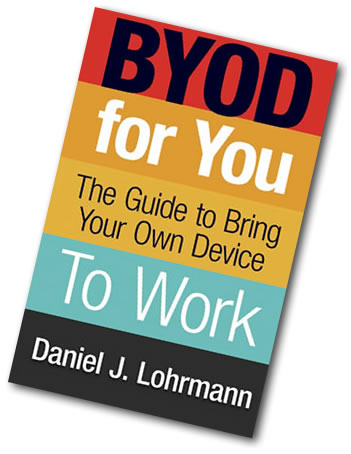





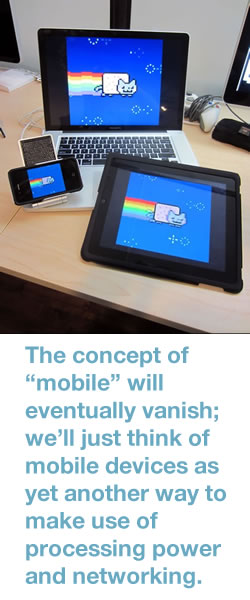 The “mobile web” — that is, those less-capable, watered-down versions of websites that our mobile devices get redirected to —will die, thanks to mobile browser improvements. Also, the trend towards responsive design, in which a site’s content automatically adjusts itself to work with the size of the screen on the device it’s being viewed with, will continue to grow.
The “mobile web” — that is, those less-capable, watered-down versions of websites that our mobile devices get redirected to —will die, thanks to mobile browser improvements. Also, the trend towards responsive design, in which a site’s content automatically adjusts itself to work with the size of the screen on the device it’s being viewed with, will continue to grow.
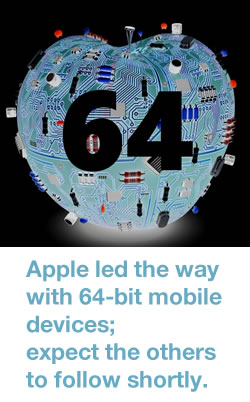 While it’s not clear what advantages a curved display gives to a smartphone (perhaps it’s a better fit to one’s face), it’s a way for a vendor to differentiate their devices. We call these sorts of things “feature spam”, although some consumers may go for it. Expect more phones with large curved OLED displays in the same vein as the Samsung Galaxy Round and the LG Flex.
While it’s not clear what advantages a curved display gives to a smartphone (perhaps it’s a better fit to one’s face), it’s a way for a vendor to differentiate their devices. We call these sorts of things “feature spam”, although some consumers may go for it. Expect more phones with large curved OLED displays in the same vein as the Samsung Galaxy Round and the LG Flex.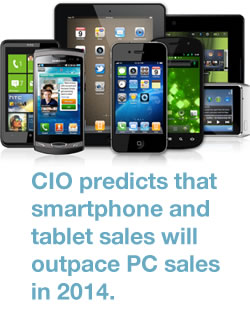 CIO predicts that smartphone and tablet sales will outpace PC sales, citing the IDC figures stating that they expect to see smartphone and tablet sales dwarf PC sales by 250% and PC spending drop 6% this year. Factors driving this include the fact the current mobile device development cycle sees vends putting out a new flagship device every 12 to 18 months, and the fact that for most purposes (and especially general office work), PCs have been on a “good enough” plateau for the past half-dozen years.
CIO predicts that smartphone and tablet sales will outpace PC sales, citing the IDC figures stating that they expect to see smartphone and tablet sales dwarf PC sales by 250% and PC spending drop 6% this year. Factors driving this include the fact the current mobile device development cycle sees vends putting out a new flagship device every 12 to 18 months, and the fact that for most purposes (and especially general office work), PCs have been on a “good enough” plateau for the past half-dozen years.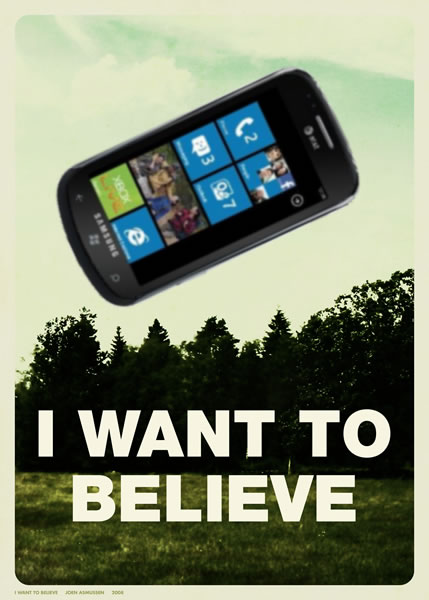

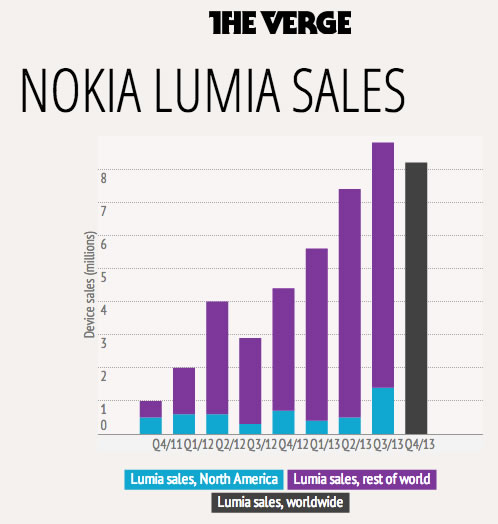
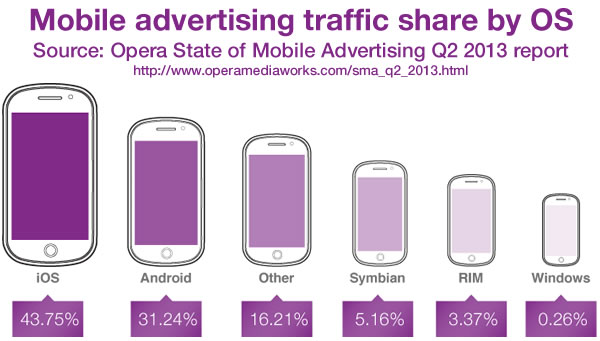



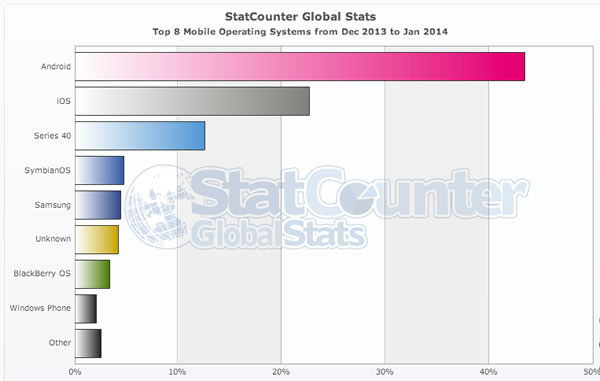

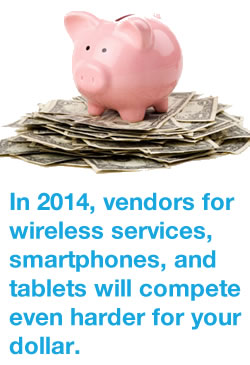 Carriers will pay more attention to the “value segment” of the market and offer more pricing options, especially for the budget-sensitive.
Carriers will pay more attention to the “value segment” of the market and offer more pricing options, especially for the budget-sensitive.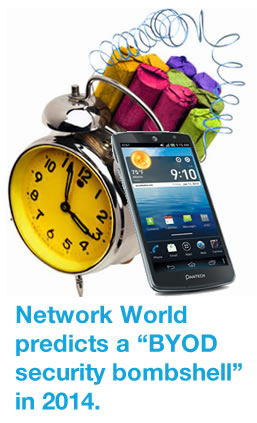 COPE (Company-Owned, Personally-Enabled) devices will become more popular. Employees don’t really want to foot the bill for devices that they use at least partially for work, and the COPE model allows for both more complete device control and personal use.
COPE (Company-Owned, Personally-Enabled) devices will become more popular. Employees don’t really want to foot the bill for devices that they use at least partially for work, and the COPE model allows for both more complete device control and personal use. Just as PCs at work and home reached a large enough number to change the way we work, live and play, mobile devices will hit a number large enough to change everyday life and drive demand for a new set of services enabled by mobility. A number of areas of life, including shopping, restaurants, leisure facilities child/elderly care, communication with authorities and traffic, will be changed by offering services via mobile devices.
Just as PCs at work and home reached a large enough number to change the way we work, live and play, mobile devices will hit a number large enough to change everyday life and drive demand for a new set of services enabled by mobility. A number of areas of life, including shopping, restaurants, leisure facilities child/elderly care, communication with authorities and traffic, will be changed by offering services via mobile devices.